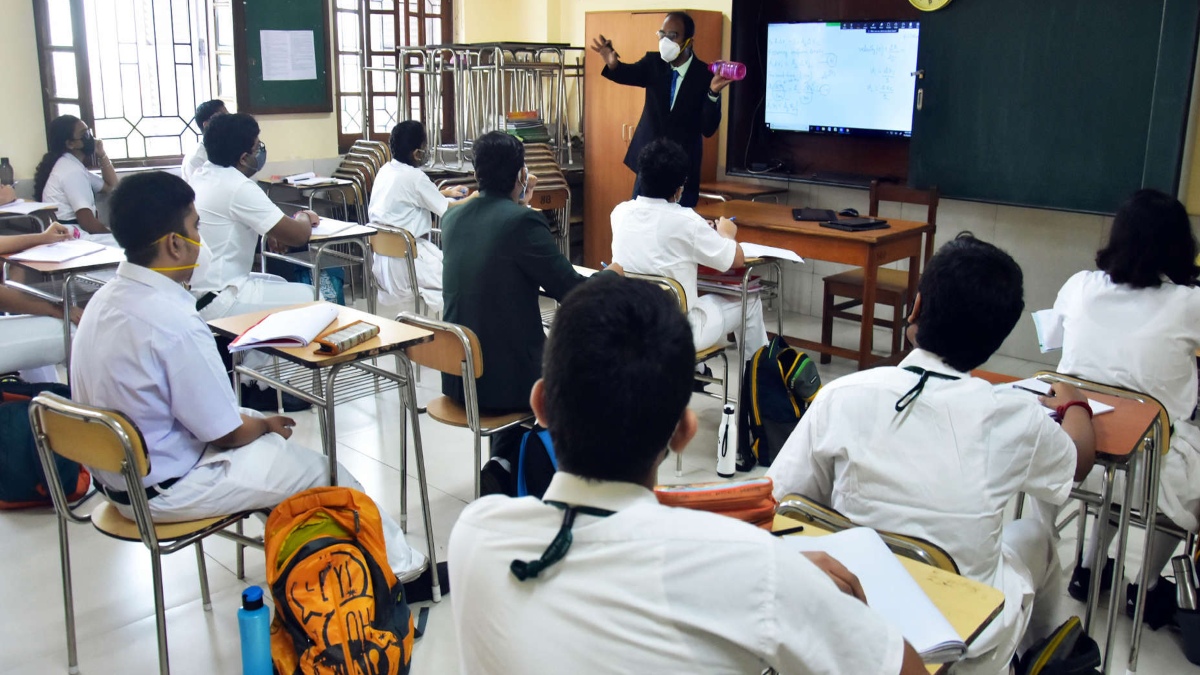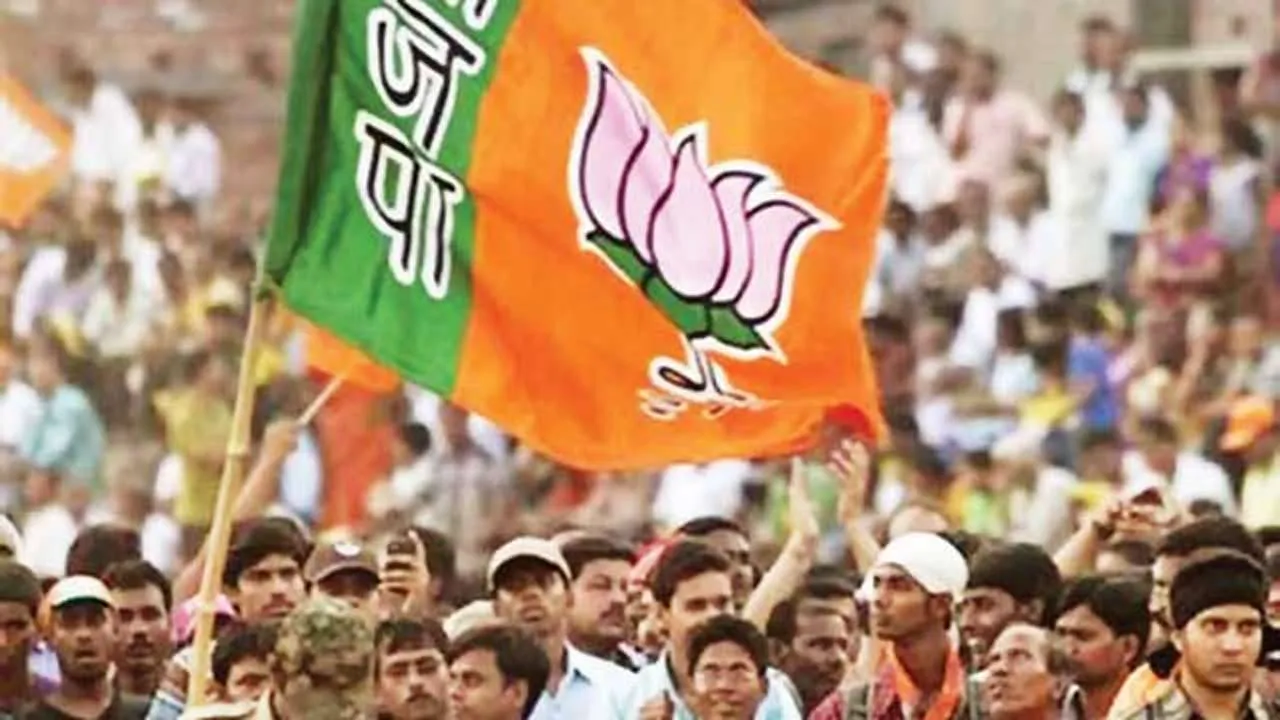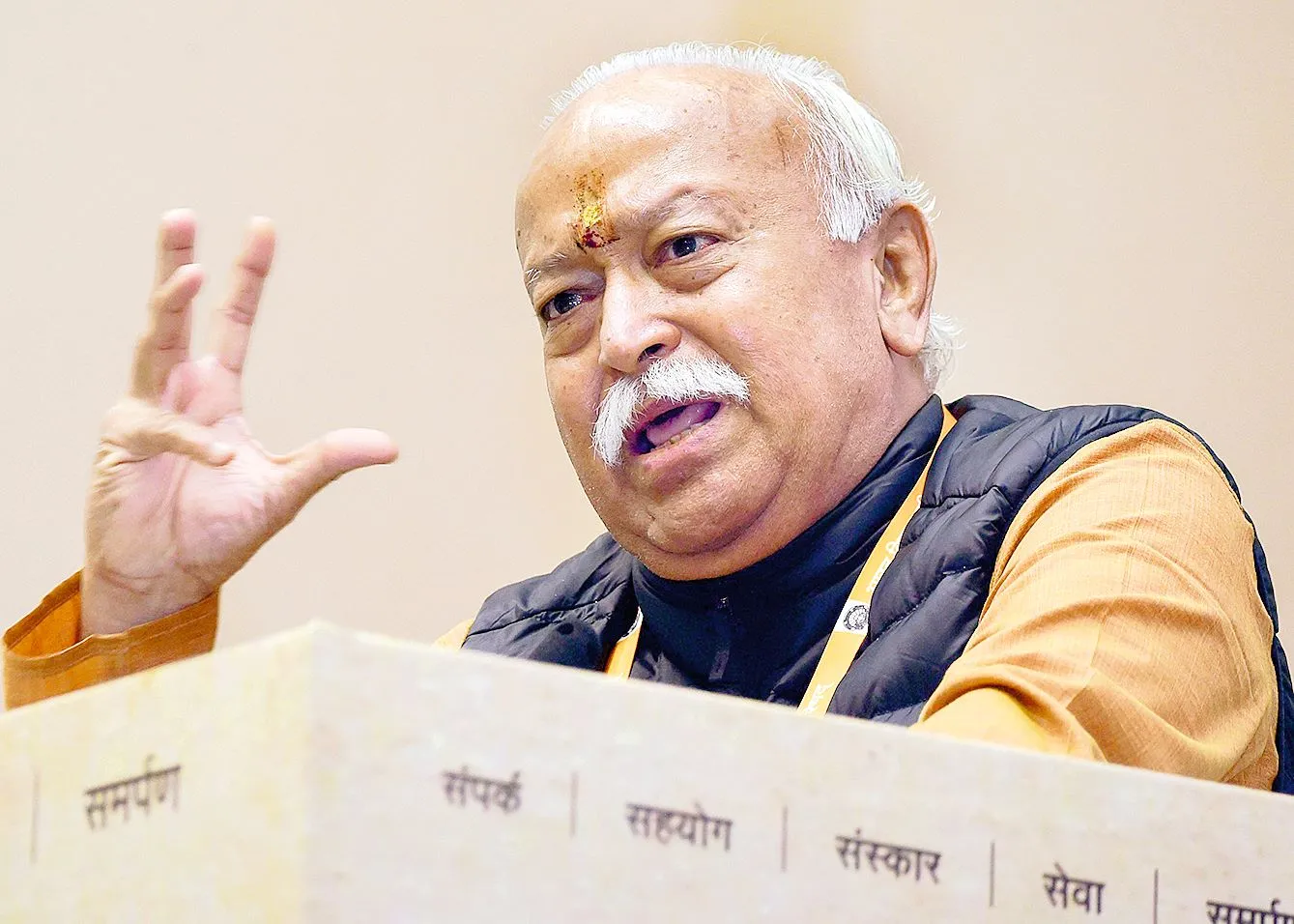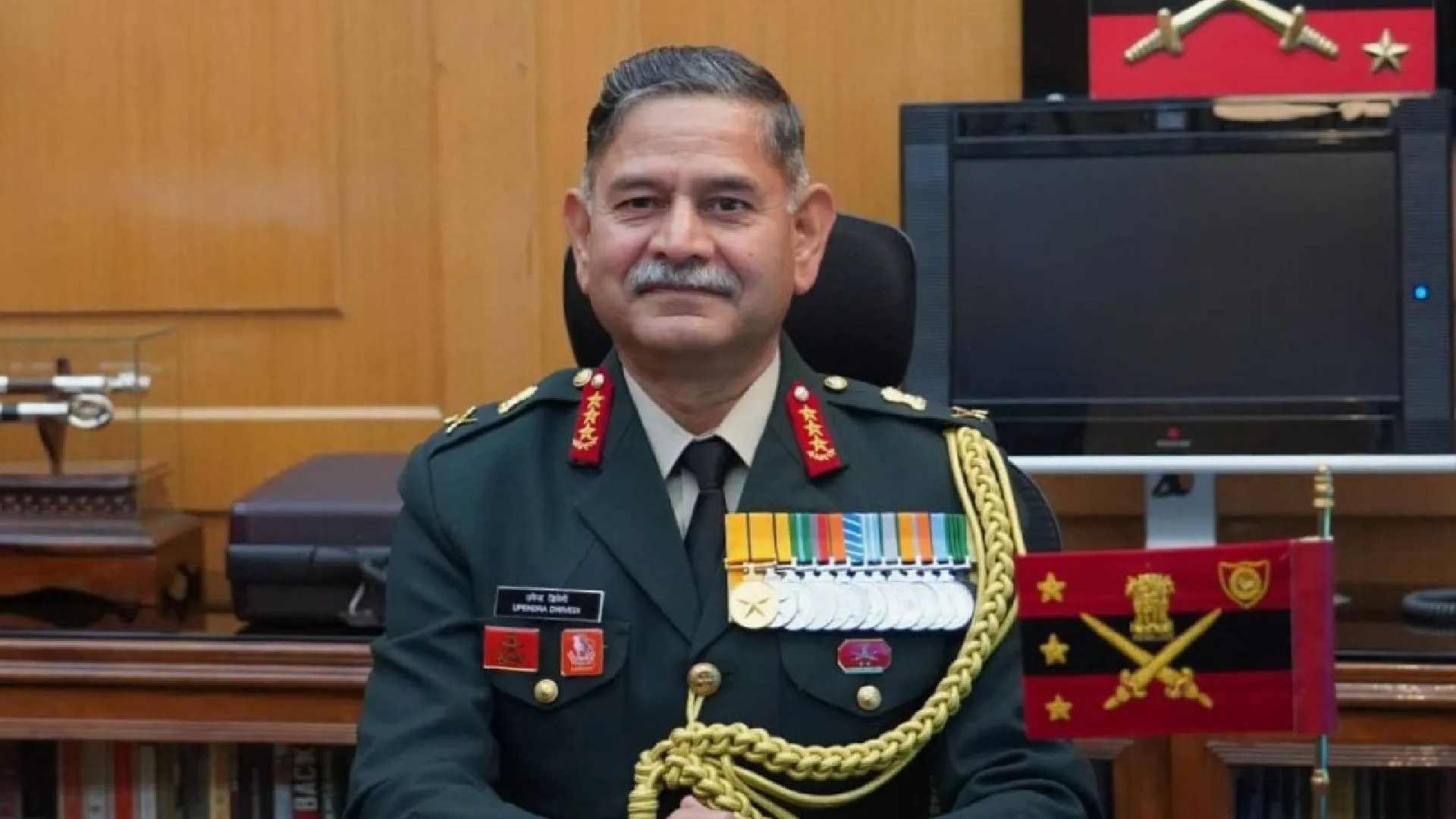“Param Vaibhavam Netumetat Swarashtram…” (I shall strive to take my country to its highest glory). This feeling of supreme glory could not be achieved from the rules or laws borrowed from some foreign power, but from Indian norms, traditions, and historical examples. By changing the policies made during the colonial rule, which aimed only at making Indians the clerks of the British, emphasising on India’s glorious history, society, philosophy, knowledge-science, guru-shishya tradition, Indian languages, Vedic studies, etc. The New Education Policy (NEP) was announced last year. Today, on the completion of one year, the positive effect of this policy is being seen in educational institutions, research institutes, and many institutions related to social life. Many experiments like the translation of technical education books in Indian languages by AICTE, the vision of inter-disciplinaryness, integrated, and comprehensive approach in subjects, and Indian knowledge tradition are being implemented at the ground level. The NEP has also made it clear that the education policy is not only concerned with formal educational institutions but also with all those aspects of social life where the individual influences the society through his conduct and behaviour. Education policies, when only clerks or employees, if they are made to make, their resources are also limited.
The objective of the NEP is to make every person an Indian and India to be a world leader, so its means are not limited to formal educational institutions but apply to wide areas. There is clear evidence in ancient Indian Vedic texts that people from geographical places like Aryavarta, Brahmavarta used to take the initiation of human behaviour and conduct. The then education system, guru-shishya tradition, and environment-friendly education are some of the important facts that are the main dimensions of the education of that time. Even today there is a great need for environment-friendly education. The education policy borrowed from abroad will always force the advocate to wear a black coat (whether the season is summer or winter), environment-friendly education will allow him to groom according to the environment. Borrowed education will become the cause of linguistic slavery, mental slavery, and others, whereas the NEP will allow calling for freedom according to the environment. 5+3+3+4 formula contained in education policy, facilities for health and nutrition along with education, adjustment of skill development in education, experiments like social experience in education and science inherent in Indian knowledge, philosophy, Vedic mathematics, and environmental elements
together will help solve modern problems. The high character model of the teacher will also develop necessary character qualities like character building and personality development, which to date have never been given a place in the old education policies. The dream of Vishwagurutva is not achievable only by formal education. In the areas where education exerts its influence, such a seal of Indianness is necessary in those areas, that clears the filthy stigma of slavery and paves the way for a brighter future.
The writer is Assistant Professor, Tilkamanjhi Bhagalpur University, Bihar.























